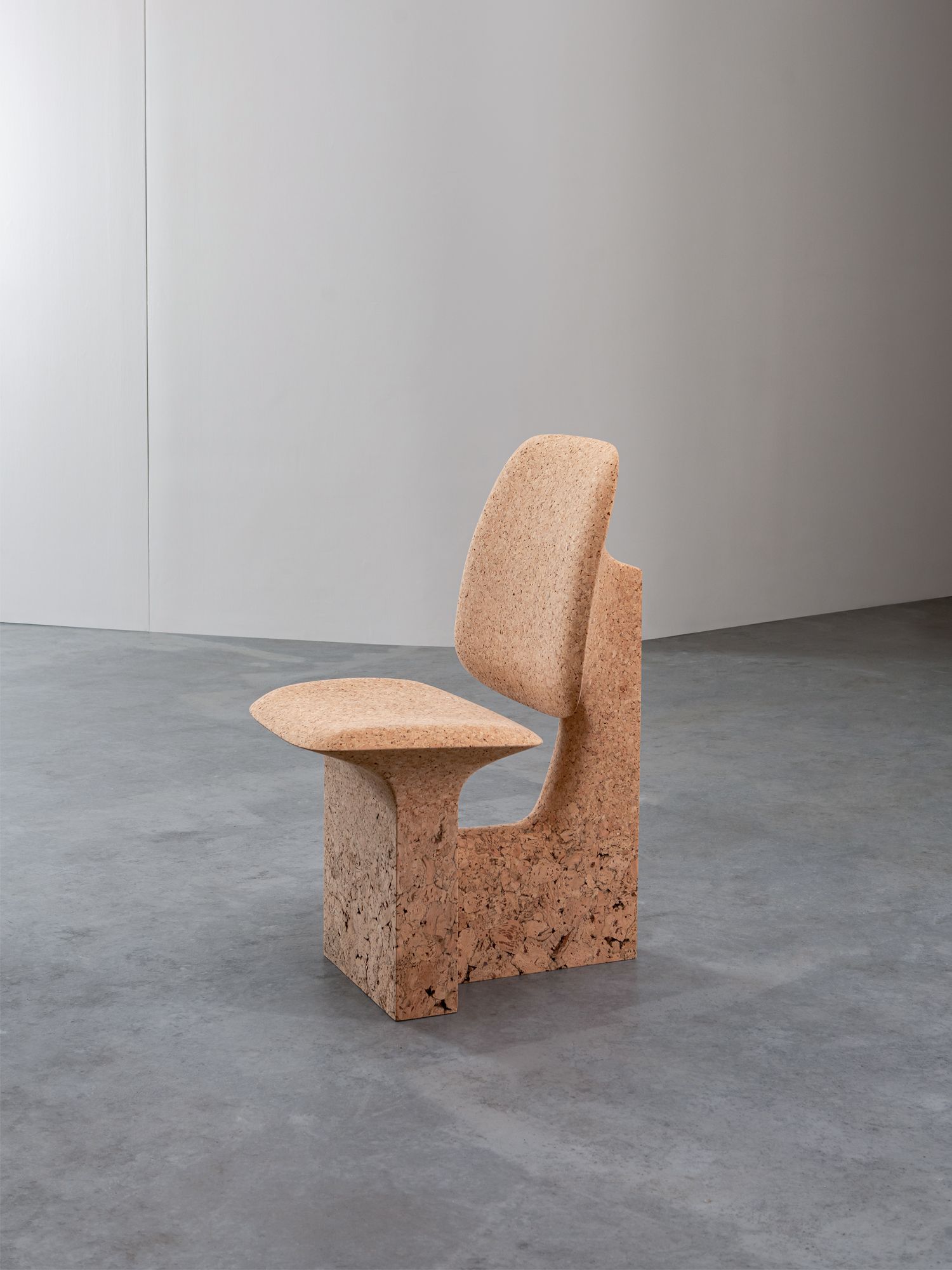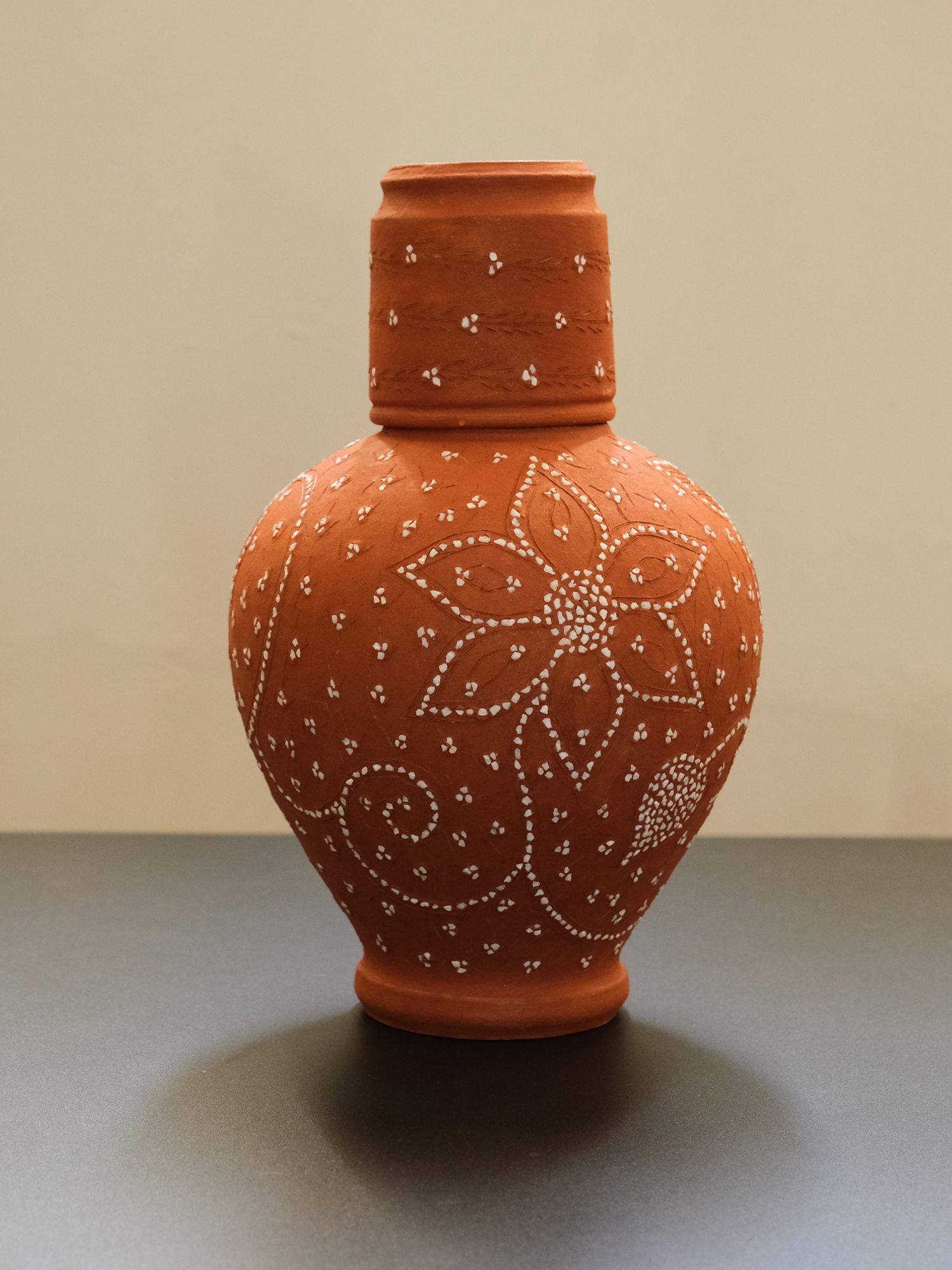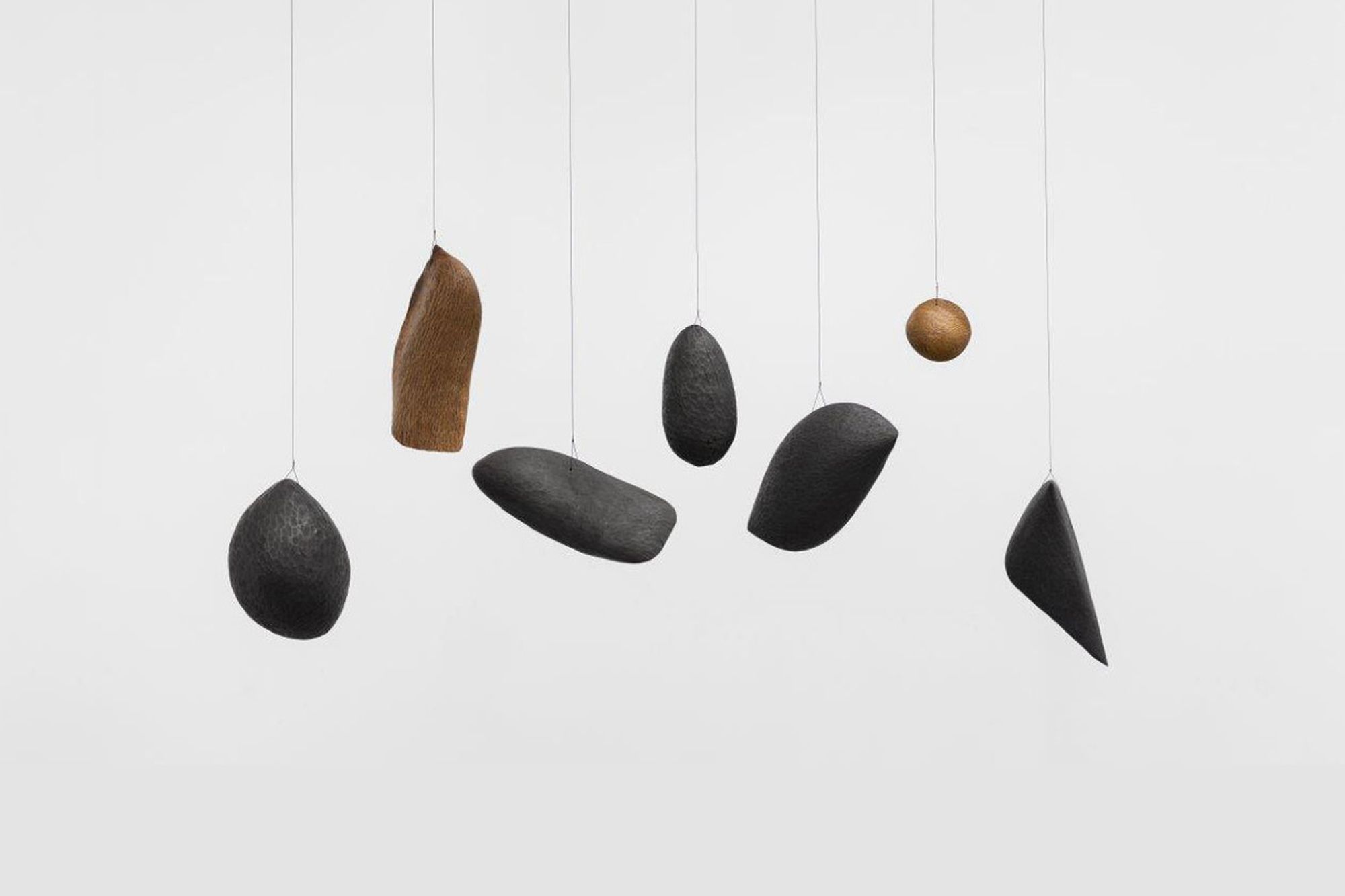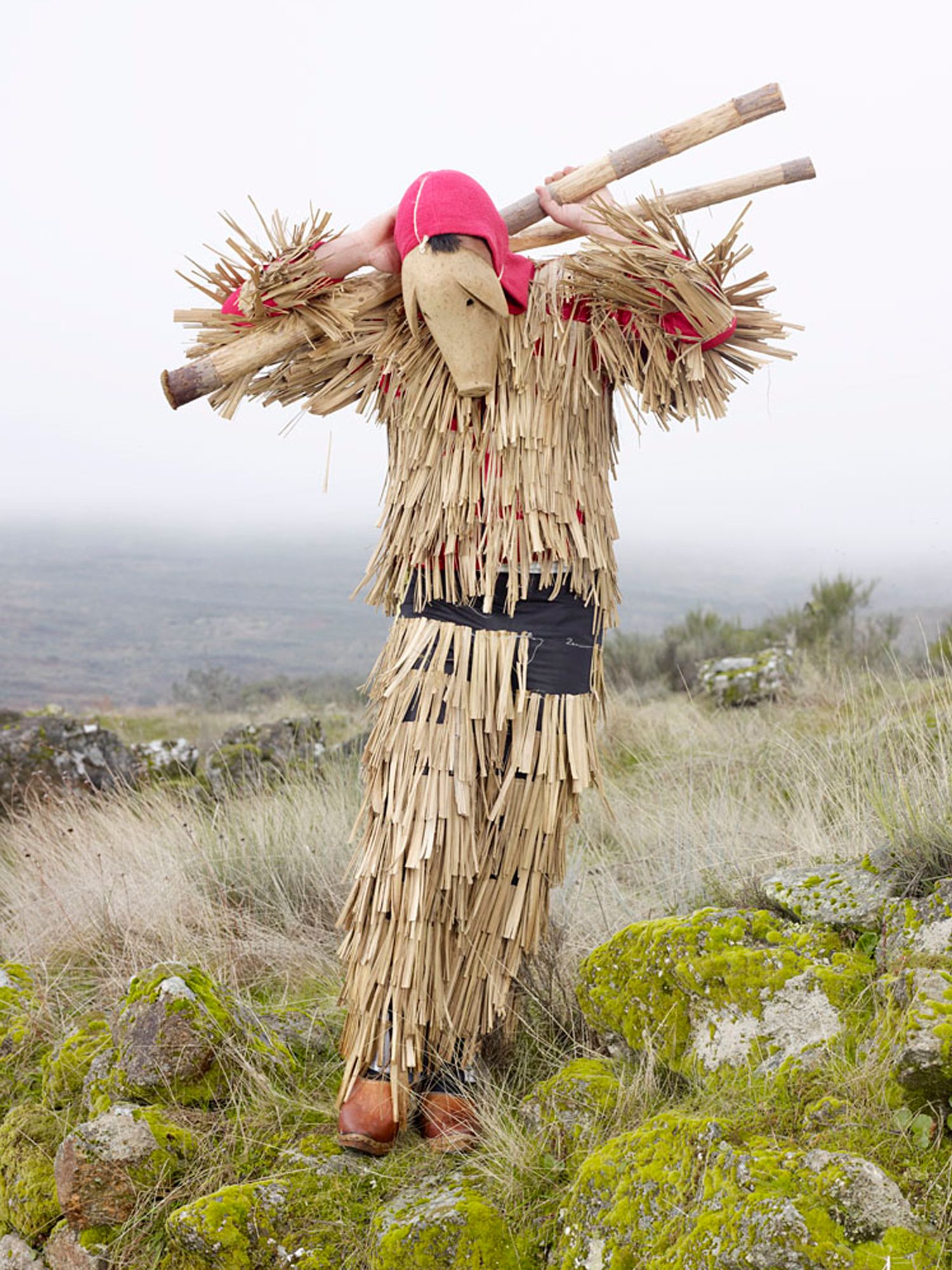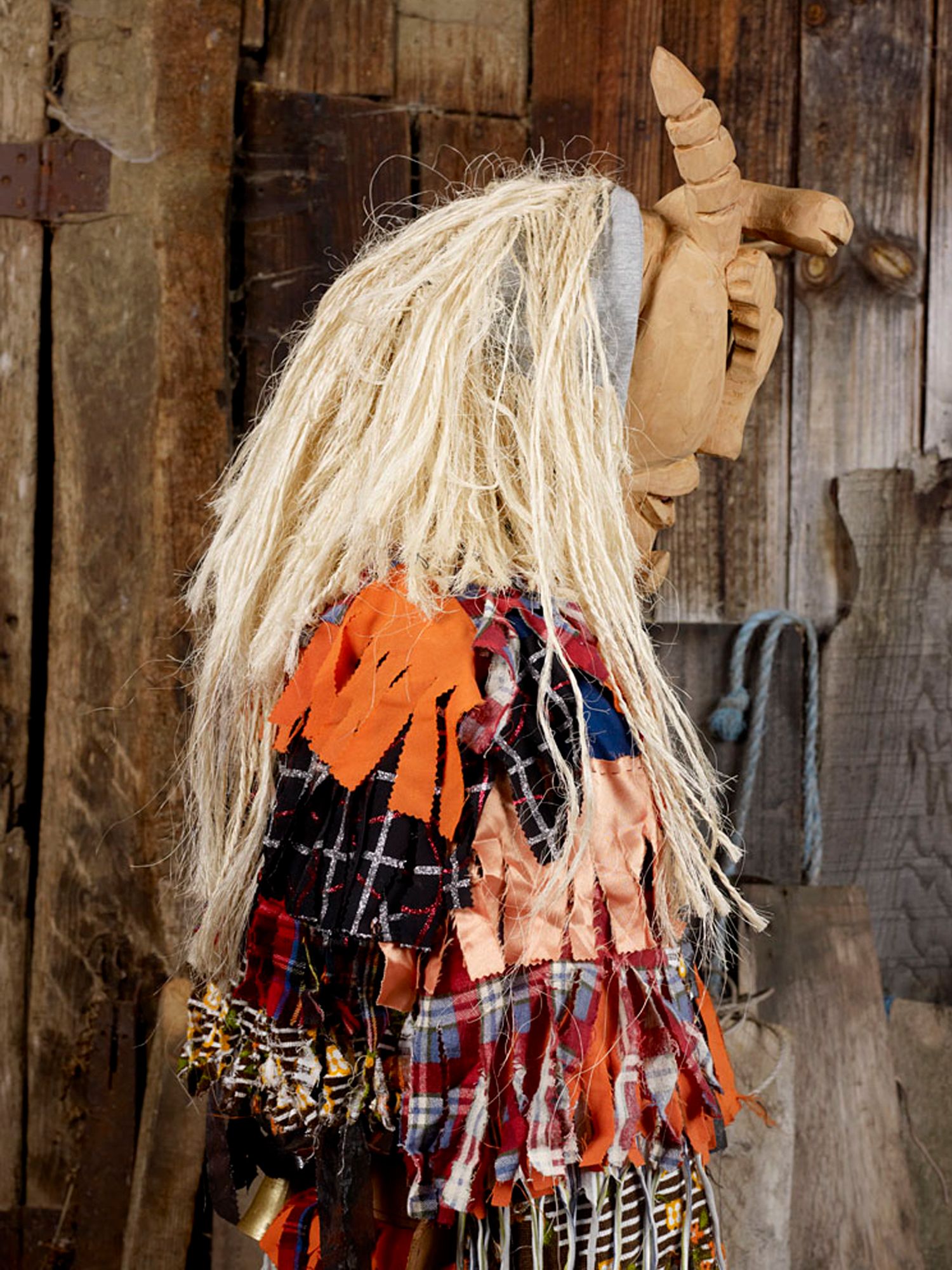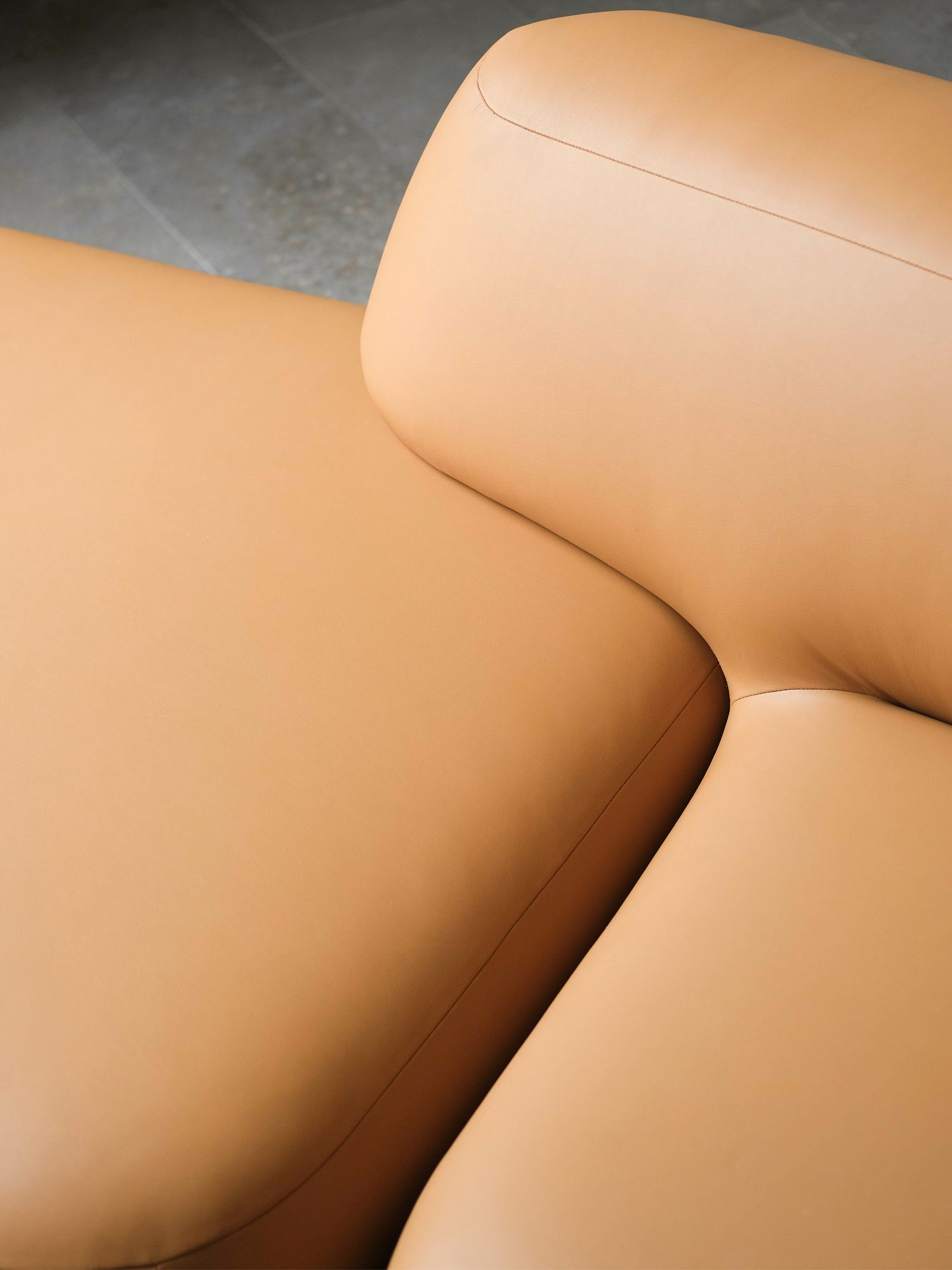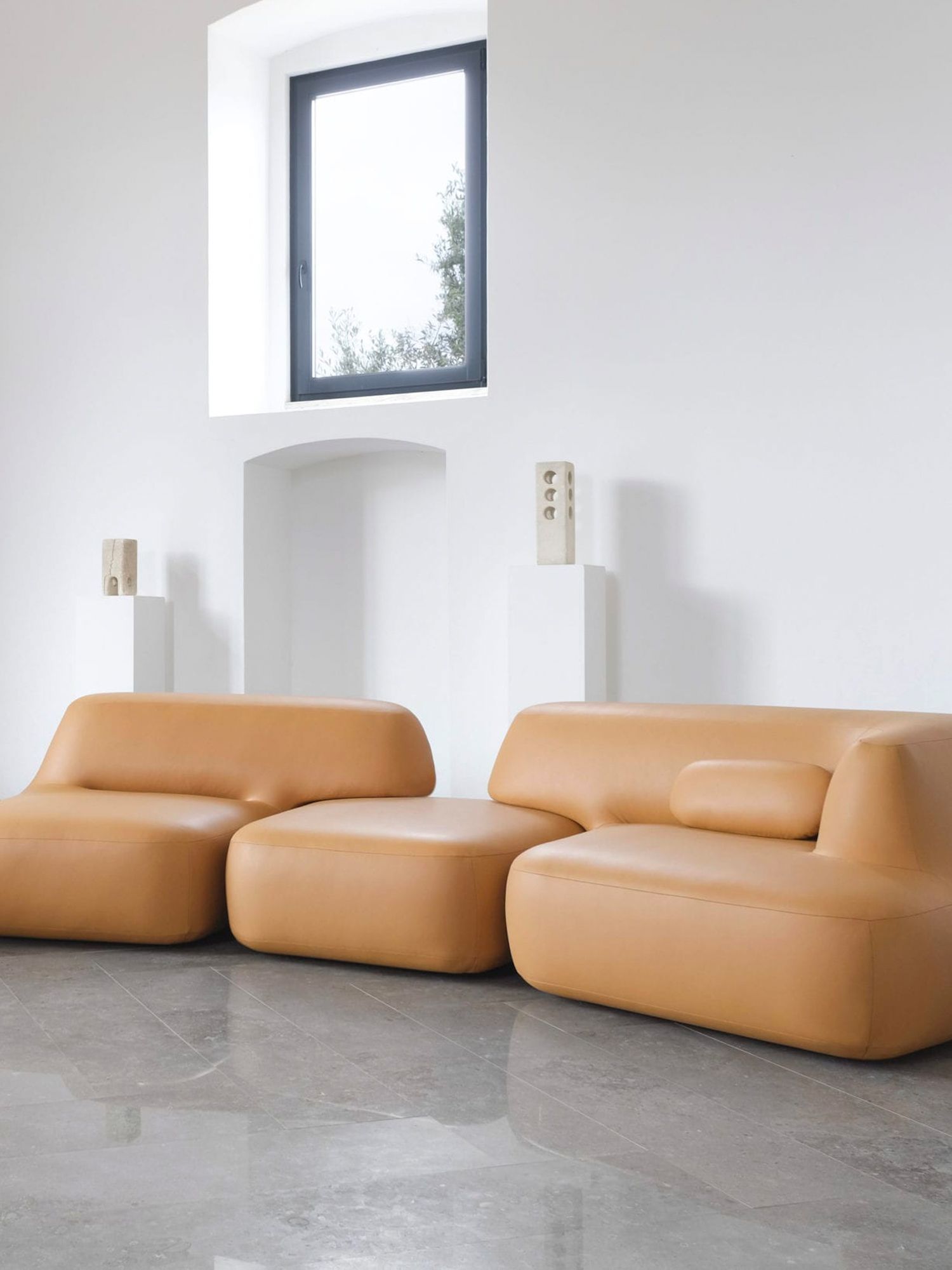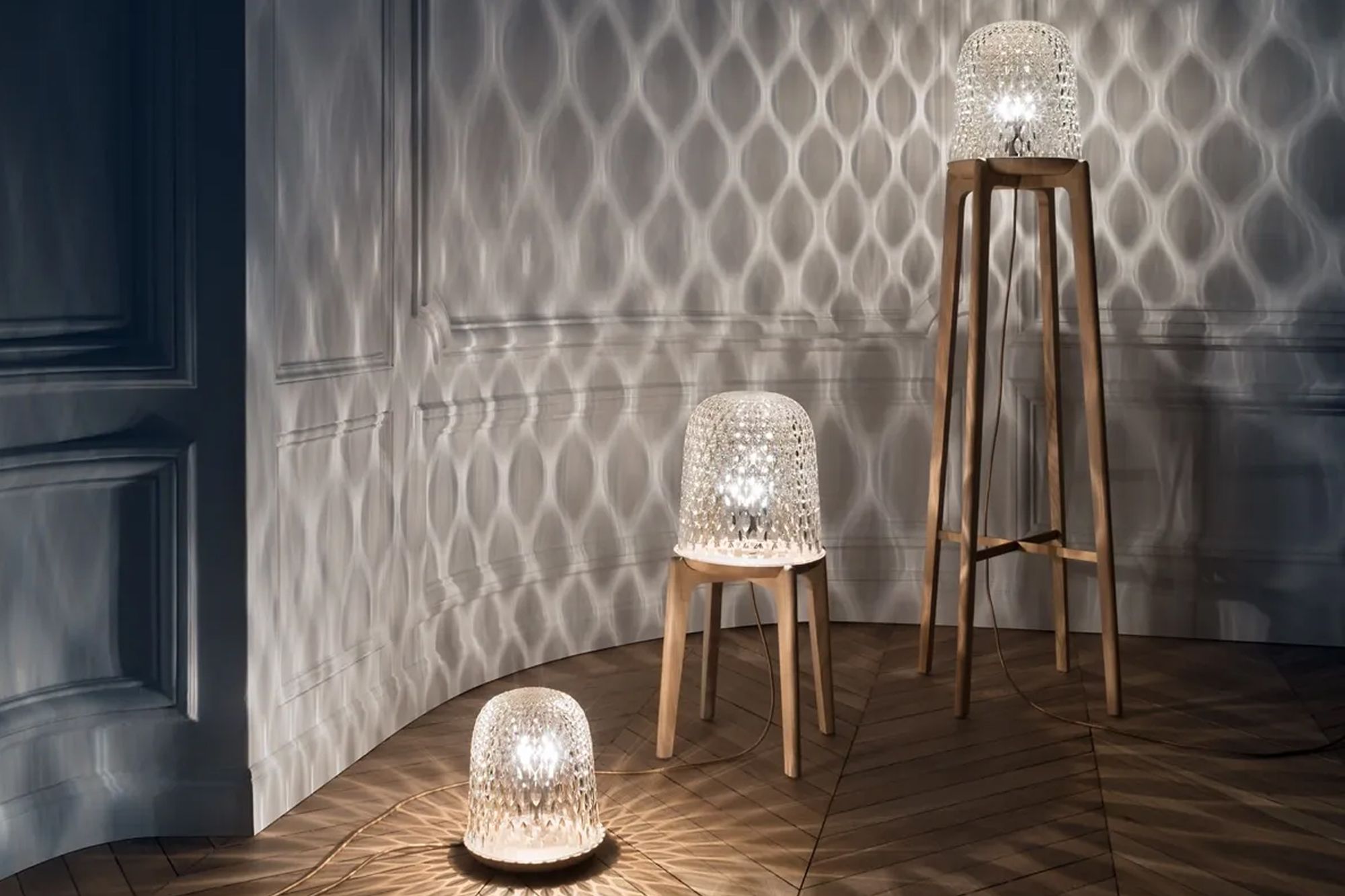The Portugal-based designer Noé Duchaufour-Lawrance discusses the importance of nature in his work as well as the art and furniture collections he currently admires
Design mostly flows intuitively for French-born designer Noé Duchaufour-Lawrance. There’s no rigid structure on the drawing board for him; the award-winning designer instead draws inspiration from nature and his surroundings. His affinity with the environment is key and plays a strong influence in his work.
“Most of my inspiration comes from nature and the context of the project I’m doing,” he explains. “By context, I mean the places I see, the people I meet, the materials I use, techniques I discover, and the history. The harmony between the elements often comes from the inspiration I get from the natural environment.”
See also: Mood Board: Kelly Wearstler Discusses Design Trends and Stylish Decor Picks

Born in 1974 in the Brittany region of South France, the designer’s childhood spent in close proximity to open waters ignited his bond with nature. He also grew up in a creative environment—his father is a sculptor and his mother is an artist.
With a keen sense of combining modernity with timelessness, the design powerhouse has crafted sculptural pieces for notable French brands including Hermès, Saint Louis and Ligne Roset; he also crafted the bold and distinctive interiors of establishments like Japanese restaurant Megu in Switzerland's Gstaad, as well as retail concepts for clients such as Yves Saint Laurent and the BSL Gallery in Paris.


